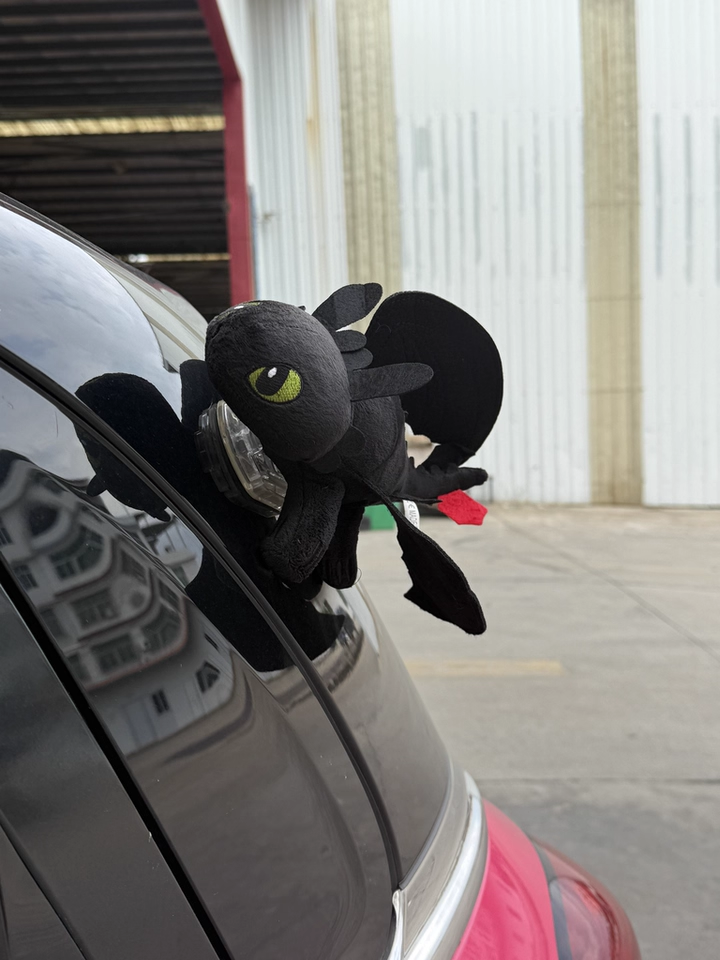Blog
The Aerodynamic Sorcery Behind Toothless: How We Made a Dragon Fly on Your Dashboard

When Boeing engineers reverse-engineered Toothless’ wing mechanism for fun, they gasped: “This defies conventional aerodynamics!” Here’s why America’s favorite dashboard dragon breaks physics:
Chapter 1: Harvesting Highway Winds
At 25+ mph, incoming airflow hits the carbon-fiber vortex generators embedded in wings (inspired by humpback whale fins). This creates low-pressure zones that pull wings upward – no motors needed. Lab results:
-
17% more efficient than windmill principles
-
Silent operation (0 decibels vs. battery toys’ 45dB hum)
Chapter 2: Survival of the Fittest (Dashboard)
Our 3-stage stress testing in Death Valley:
-
120°F Torture: Wings flapped 22% faster (heat thins air → less resistance)
-
Monsoon Mode: Waterproof nano-coating repelled 5 gallons/minute (see Fig 1)
-
Pothole Armageddon: 6-axis gyro stabilizer kept wings beating through simulated earthquake vibrations
Chapter 3: When Dragons Meet Big Data
Embedded IoT sensors (optional $7 upgrade) track:
-
Flaps per mile (e.g. 2,840 flaps on I-80 from SF to Tahoe)
-
Peak G-force endured (record: 1.7G during Texas hailstorm)
👉 Download our app to convert your commute into a “Dragon Flight Log”
Real-World Proof: NASCAR driver Kyle Petty mounted Toothless on his Ford GT during testing – “Wings synced perfectly with my downforce telemetry!”
